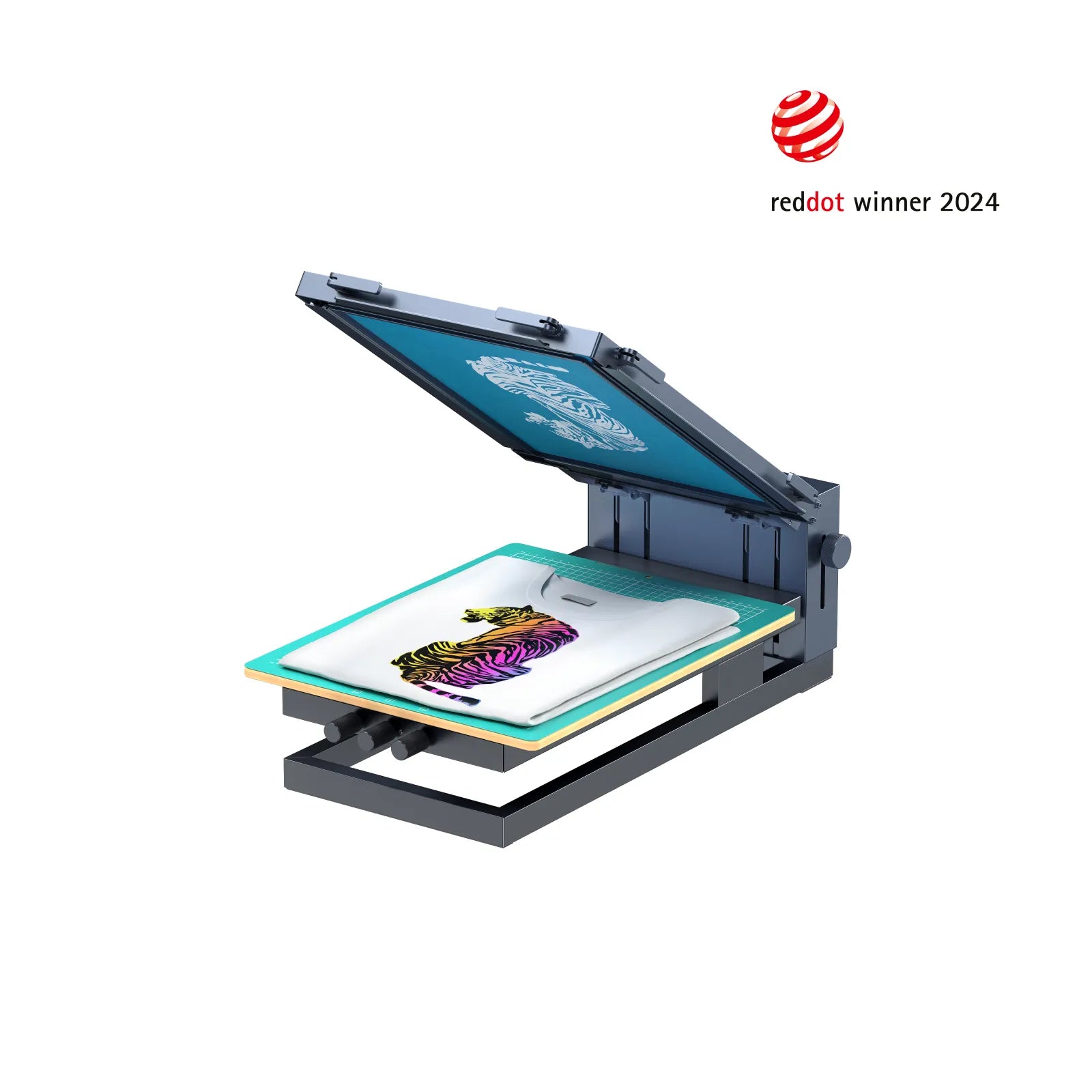ChatGPT said: Why 10:9 Design near me is the best option for local customers
The Vital Overview to Comprehending Screen Printing and Its Versatile Uses
Screen printing has an abundant history that dates back to ancient times, advancing right into an advanced technique utilized throughout various industries today. This guide checks out the ins and outs of the screen printing process, detailing its applications in style, advertising, and home decoration - 10:9 Design Company. Recognizing these fundamentals can open imaginative capacity for both business and creative projects. The adhering to areas will certainly expose necessary tips and methods to improve one's screen printing undertakings
The Background of Screen Printing
Although screen printing has roots that map back centuries, its evolution reflects the technological and creative advancements of numerous cultures. Originating in ancient China, the strategy was originally made use of for enhancing textiles and later spread to Japan, where it came to be important to Ukiyo-e woodblock printing. The approach changed to Europe in the 18th century, where it gained appeal amongst craftsmens and business printers. The development of image solution in the 20th century changed screen printing, enabling for even more elaborate layouts and greater effectiveness. Musicians like Andy Warhol additionally pushed its appeal, utilizing the tool to produce iconic works that combined commercialism and great art. By the late 20th century, screen printing had actually developed itself as a versatile technique, utilized in vogue, advertising, and art. Today, it proceeds to develop, incorporating digital technology and broadening its applications throughout numerous sectors.
The Screen Printing Refine Explained
Screen printing transforms creative visions into concrete designs via a collection of precise actions. An image is created and then transferred onto a screen, commonly made of fine mesh material stretched over a frame. A light-sensitive solution is used to the screen, which is subjected to light, solidifying in areas not covered by the photo. After rinsing the unhardened emulsion, a stencil is formed.
Next, the screen is put over the substrate, whether it be textile, paper, or an additional product. Ink is then pressed with the open areas of the pattern utilizing a squeegee, transferring the style onto the substratum listed below. This procedure can be repeated for numerous colors, calling for separate displays for every color. The printed thing is cured using heat to guarantee the ink sticks effectively, resulting in a resilient, lively layout ready for use.
Kinds Of Screen Printing Techniques

In addition, specialty methods, such as discharge screen printing, eliminate dye from the textile to produce softer prints, while foil screen printing uses metallic foil to accomplish a shiny coating (10:9 Design LLC Company). Each strategy provides distinctive qualities, accommodating various innovative requirements and manufacturing ranges, inevitably broadening the opportunities within the screen printing domain
Applications of Screen Printing in Various Industries

Additionally, the signage and advertising fields utilize screen printing for developing appealing display screens and banners. This method enables strong shades and complex designs that capture interest. In electronics, screen printing is used for using conductive inks to circuit boards, important for component links. The home design market welcomes screen printing to create distinctive layouts on textiles and wall surface art. In general, screen printing serves as an essential device throughout varied fields, improving products with customized and aesthetically appealing graphics.
Tips for Effective Screen Printing Projects
While undertaking a screen printing task, careful interest to information can significantly enhance the last result. Selecting high-quality materials is essential; this consists of the screen, inks, and substratums. Using appropriate mesh counts can affect ink deposition and detail resolution. Prep work is just as essential; thorough cleaning of screens and proper exposure times guarantee crisp prints.
Next, accurate registration is critical for multi-color prints. Using alignment tools can assist achieve precise layering. Additionally, screening prints on scrap materials prior to manufacturing helps identify possible issues without wasting sources.

Frequently Asked Concerns
What Materials Are Ideal for Screen Printing on Material?
Cotton and polyester blends are ideal for screen printing on material as a result of their toughness and ink absorption. Additionally, specialty fabrics like silk or canvas can generate special structures and surfaces, boosting the total design quality.
How Do I Clean and Maintain Screen Printing Tools?
To clean up and keep screen printing devices, one ought to consistently wash screens with appropriate solvents, evaluate mops for wear, oil moving parts, and shop all products in a dry, dust-free atmosphere to prolong their life expectancy.
What Are the Environmental Impacts of Screen Printing?
Screen printing can have significant environmental effects, consisting of chemical waste from inks and solvents, water use throughout cleaning procedures, and power consumption. Lasting methods and environment-friendly materials are necessary for minimizing these negative effects.
Can Screen Printing Be Done in the house Properly?
Screen printing can be effectively done at home with the right materials and strategies. Hobbyists can create top quality prints, though success depends on their skill level, tools, and understanding of the process involved.
What Are the Expenses Associated With Starting a Screen Printing Business?

Starting a screen printing company includes expenses for devices, products, and work space. Initial expenses typically range from a couple of hundred to several thousand bucks, relying on the range, top quality of equipment, and desired manufacturing capacity.
Screen printing has a rich history that dates back to ancient times, advancing right into an advanced technique used across various industries today. One more strategy, rotary screen printing, employs cylindrical screens, assisting in continuous printing on material rolls, thus improving effectiveness for large manufacturings. In addition, specialized methods, such as discharge screen printing, get rid of dye from the textile to create softer prints, while foil screen printing uses metallic foil to achieve a shiny finish. In the style market, screen printing is commonly used to produce vivid layouts on garments, making it possible for brands to showcase their unique designs. Cotton and polyester blends are excellent for screen printing on material due to their longevity and ink absorption.